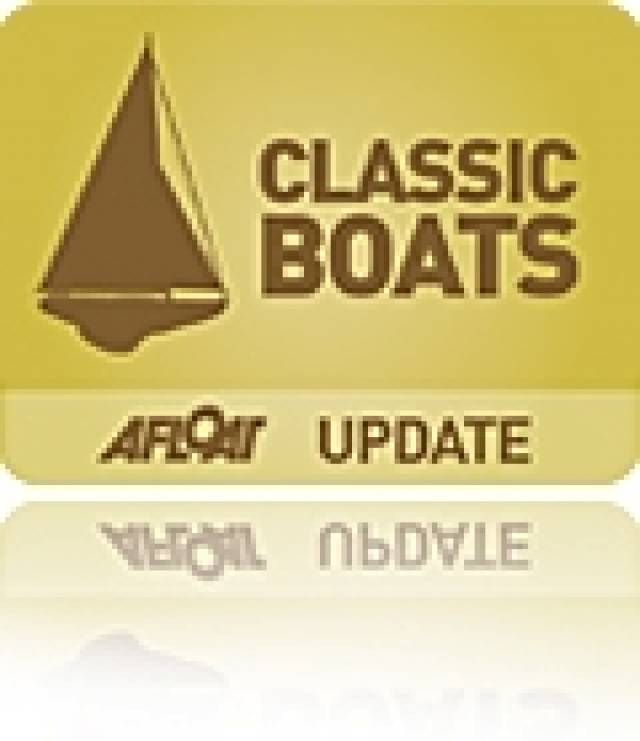A major fund-raising campaign will be launched (April 2, 2014) to save a famous lifeboat which rescued survivors from the Princess Victoria in 1953 and the Fastnet yacht race disaster in 1979. It's the second lifeboat with Irish connections to feature in a restoration project. Last month, Former Ballycotton RNLB lifeboat, Mary Stanford, made famous for a daring rescue of the Daunt Rock lightship crew in 1936, was hoisted out from Grand Canal Dock basin in Dublin and headed to her old east Cork homeport for a restoration project.
Now supporters plan to restore The Sir Samuel Kelly and build a maritime heritage centre around the vessel in Donaghadee where it was stationed for 25 years and crewed by local volunteers from the Royal National Lifeboat Institution – the charity that saves lives at sea.
Campaign spokesman, former lifeboat crewman, Ken Walsh, said: "The Sir Samuel Kelly is an important part of Ireland's maritime heritage and is on the UK's National Historic Ships register. Restored it will be a lasting memorial to the people who were lost in the Princess Victoria and Fastnet tragedies. It will also be a fitting tribute to the bravery of the RNLI crews who daily risk their lives to save others.
"With public support we believe we can raise the £500,000 needed to save this famous lifeboat and build her a fitting home in a town where she is cherished."
Donaghadee's Lifeboat Operations Manager, Alan Couser, said: "The RNLI fully supports this proposal which will highlight the role of our volunteers in saving lives at sea. I believe it will also prove an important tourist asset for the town."
A public meeting to launch the campaign will be held in Donaghadee community centre, Donaghadee harbour, at 7.30pm on April 2.
Editors' note: The Sir Samuel Kelly was named after a Belfast coal importer and philanthropist who died in 1937. It was built by J Samuel White & Co at Cowes on the Isle of Wight in 1950. The Watson class lifeboat was stationed at Donaghadee from 1951 until 1976 then was part of the RNLI reserve fleet at Courtmacsherry, Co Cork, until retirement in 1979. It was purchased by the Ulster Folk and Transport Museum and leased to the campaign group. An RNLI bravery medal and a British Empire Medal were awarded to the Kelly's coxswain Hugh Nelson for his role in saving 31 from the Princess Victoria in 1953.































































